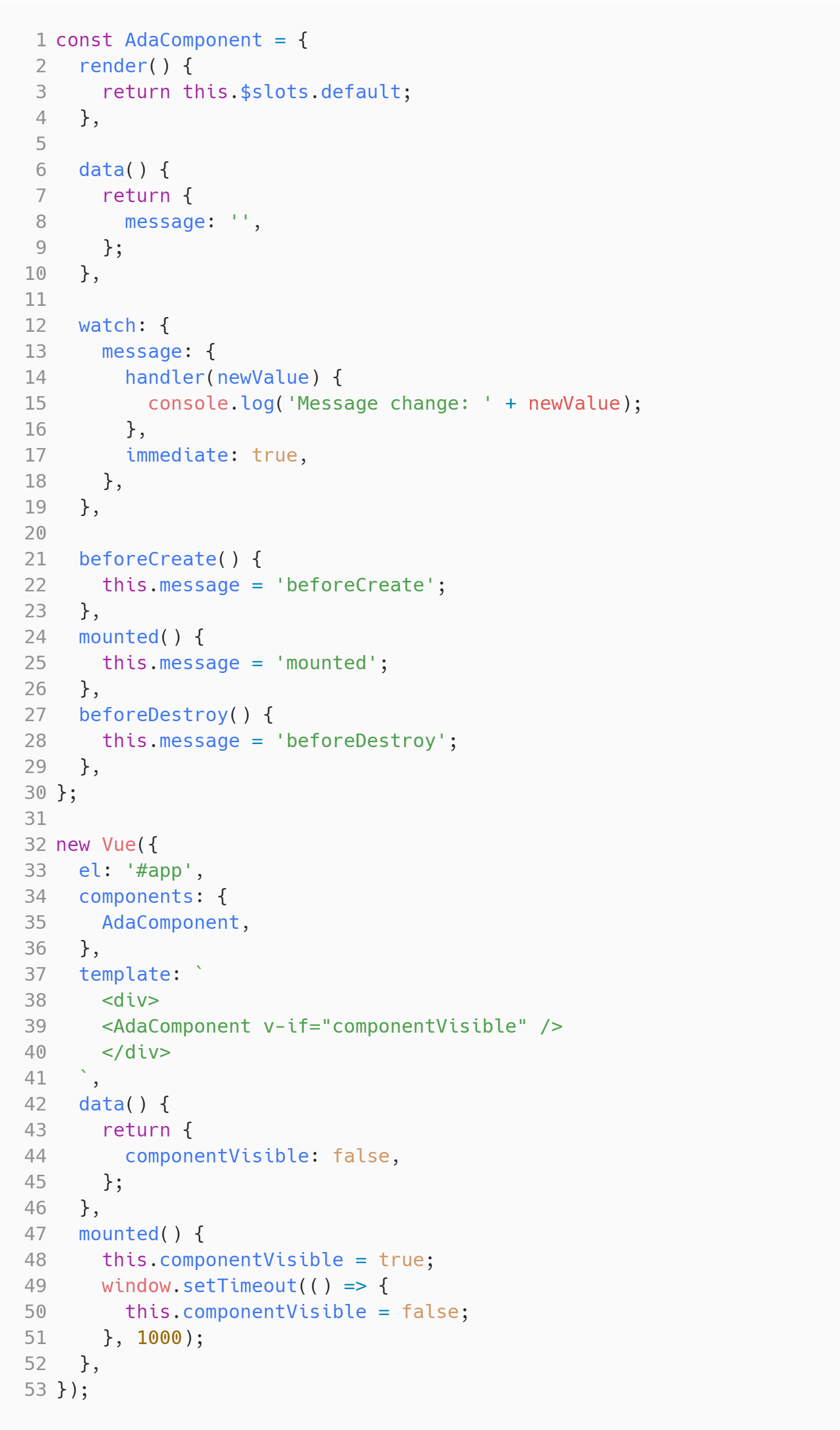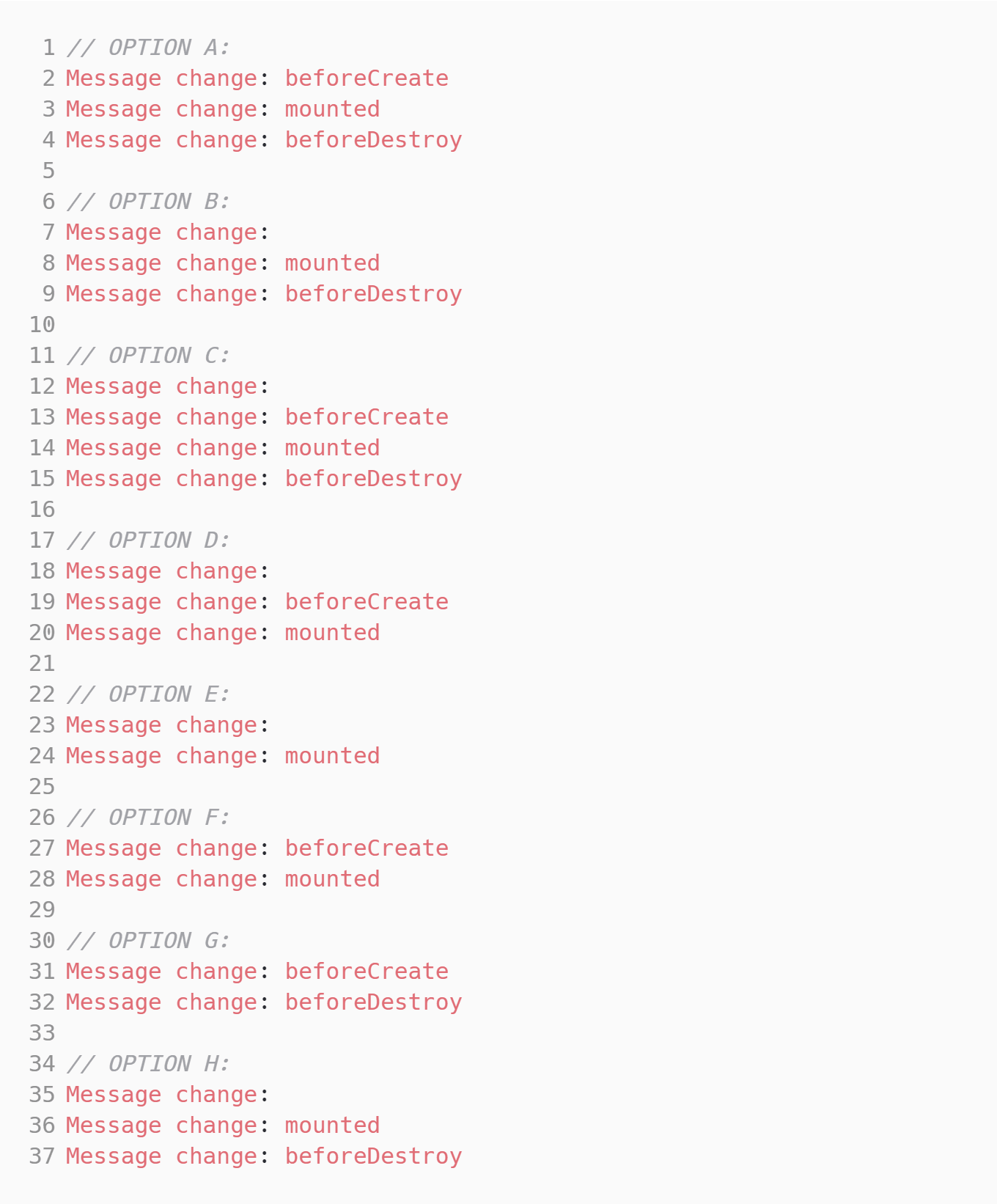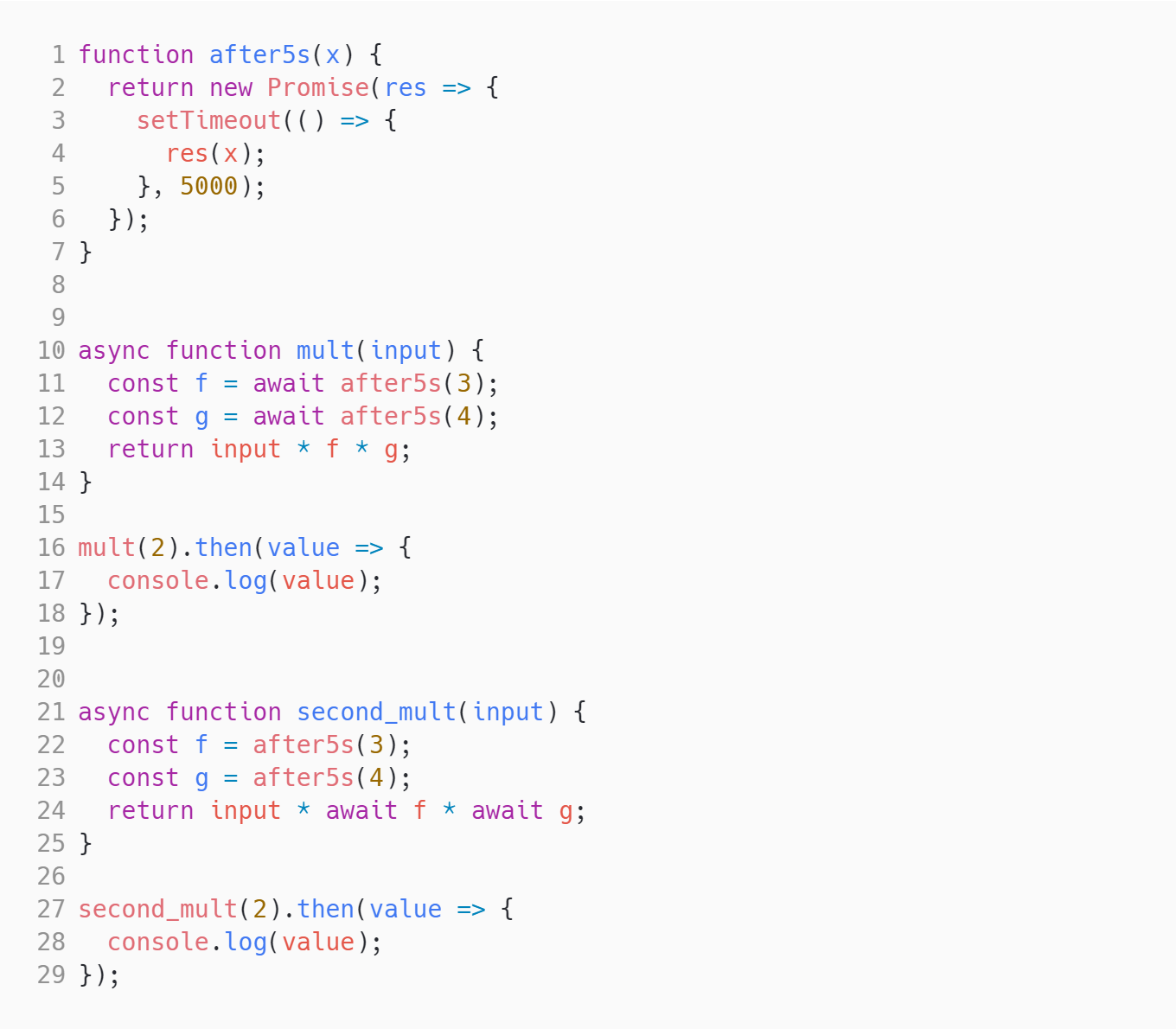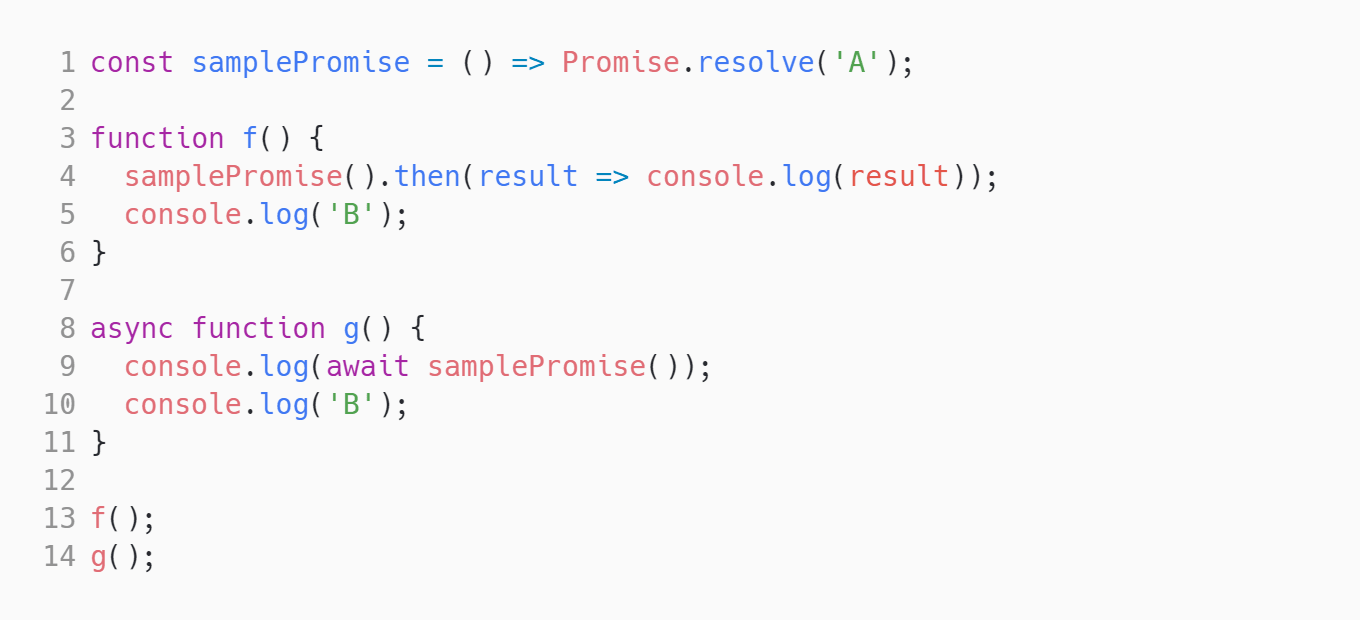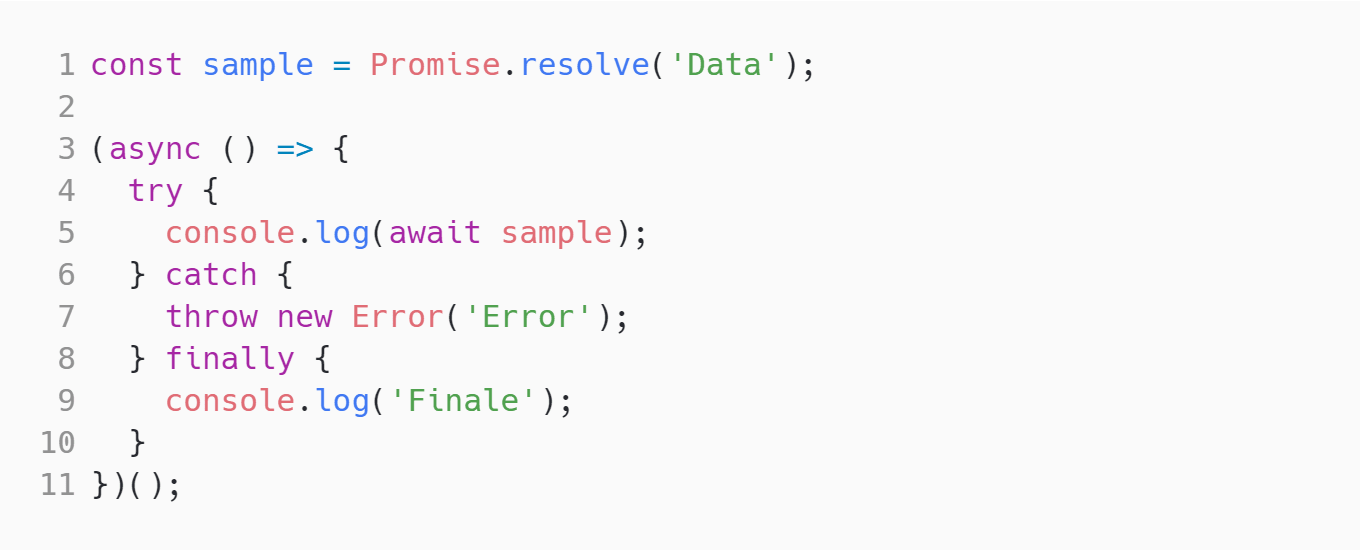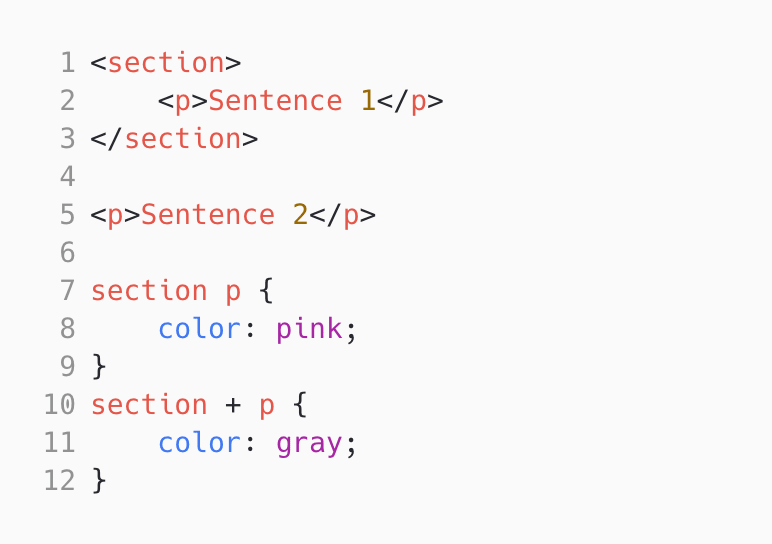Vue fundamentals: Vue fundamentals cover the essential building blocks of Vue.js, such as computed properties, methods, and watchers, which allow developers to efficiently manage data and react to changes in the application.
Manipulating DOM: Manipulating the DOM in Vue.js involves working with events, binding data to elements, and rendering dynamic content, enabling developers to create interactive and responsive user interfaces.
Moving core data & logic into a Vuex Store: Moving core data and logic into a Vuex Store helps organize and centralize the application's state, mutations, actions, and getters. This promotes a scalable and maintainable codebase, facilitating easier testing and debugging.
Design of Vuex Modules: Designing Vuex modules involves breaking down the application's state, mutations, actions, and getters into modular units. This allows for better code organization, separation of concerns, and reusability, making it easier to manage complex applications.
Navigation with Vue Router: VuelRouter provides a seamless way to handle client-side routing in Vue.js applications. It allows developers to define routes, navigation guards, and lazy-loading components, providing a smooth and intuitive navigation experience for users.
Communicating with HTTP servers: Communicating with HTTP servers in Vue.js involves making API requests, handling responses, and managing the data flow between the client and server. This skill is important for building dynamic web applications that interact with external APIs.
Authentication with OAuth2: Authentication with OAuth2 allows developers to implement secure user authentication and authorization in Vue.js applications. OAuth2 is an industry-standard protocol that enables users to log in using their existing social media or other third-party accounts, enhancing user convenience and security.




















